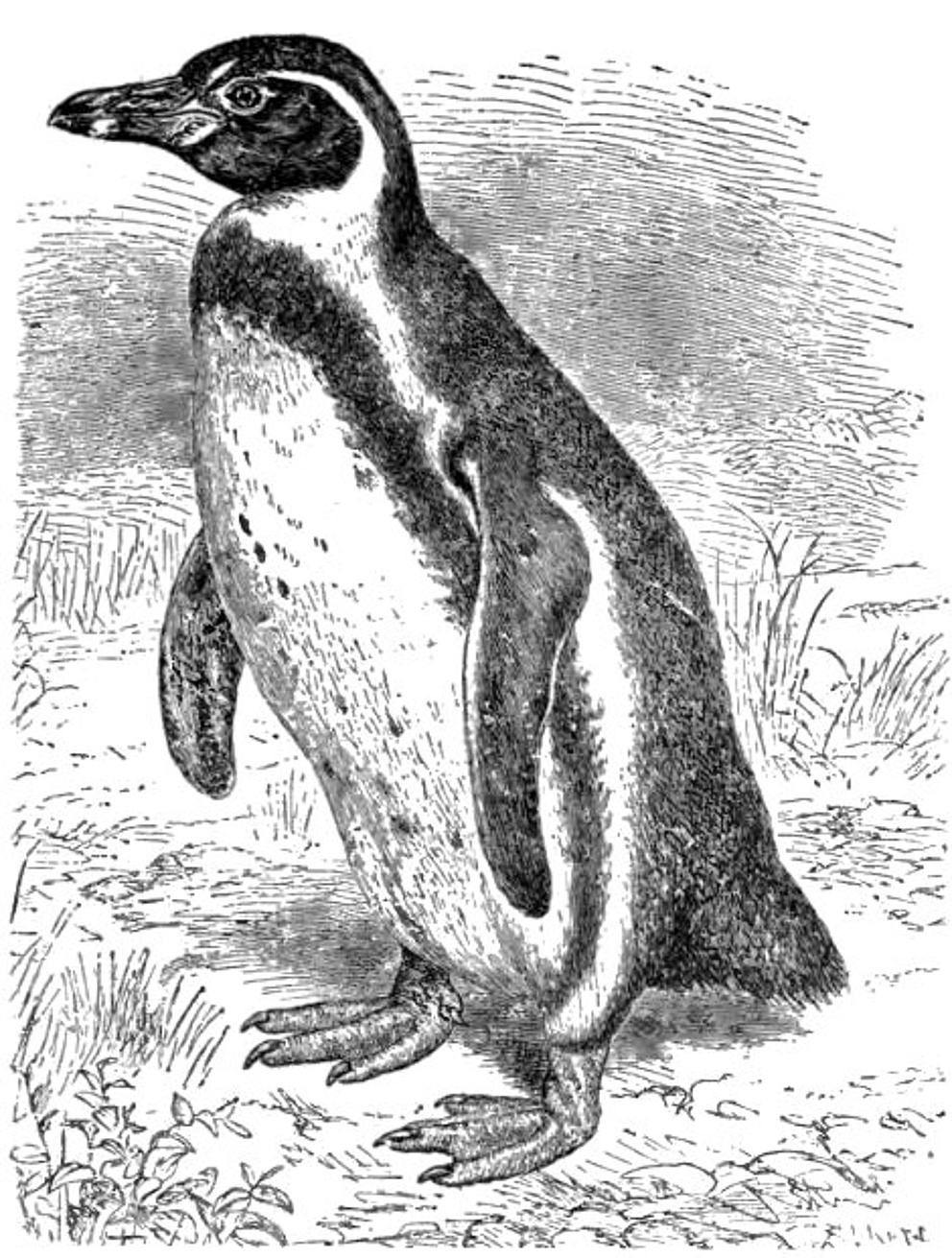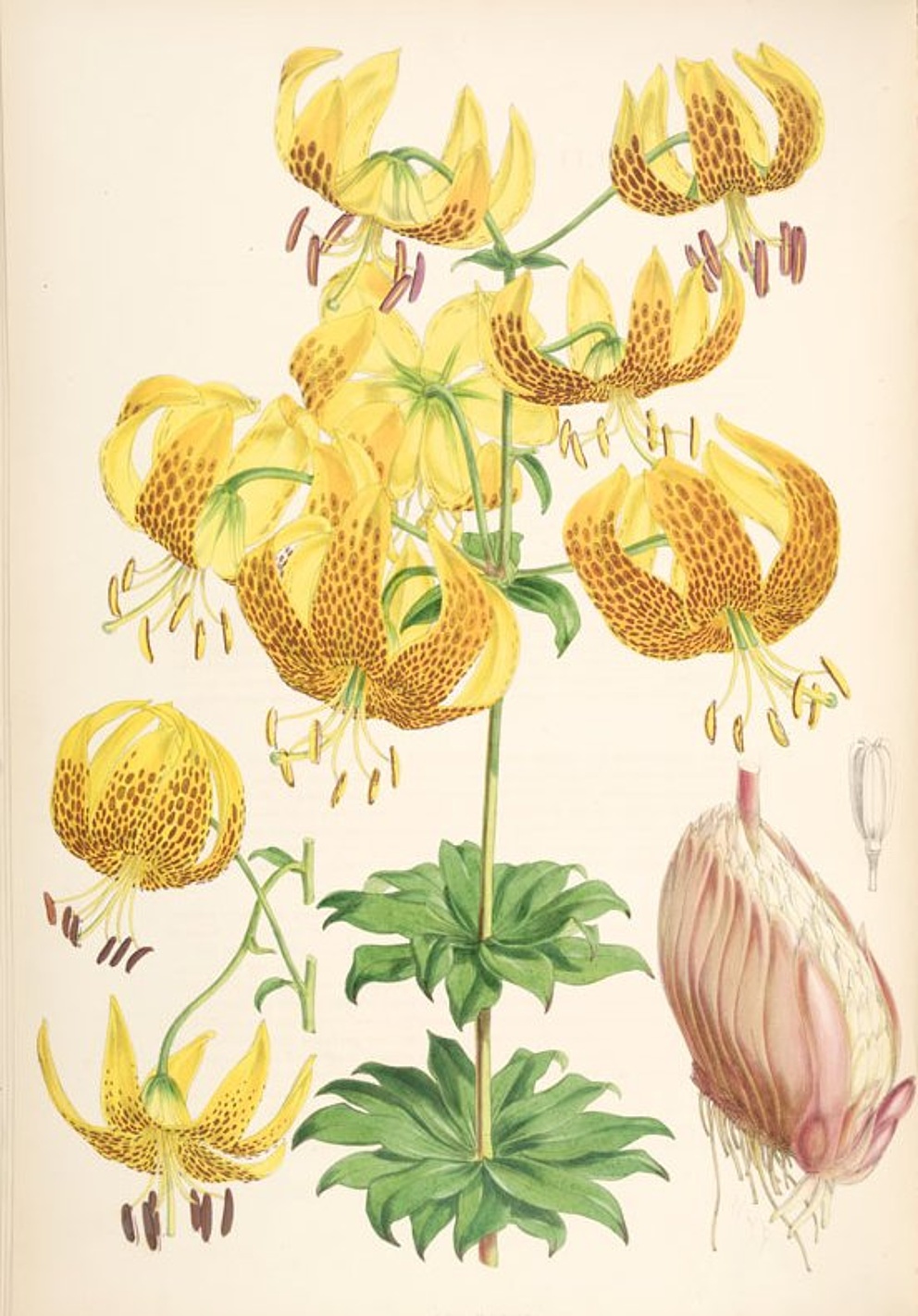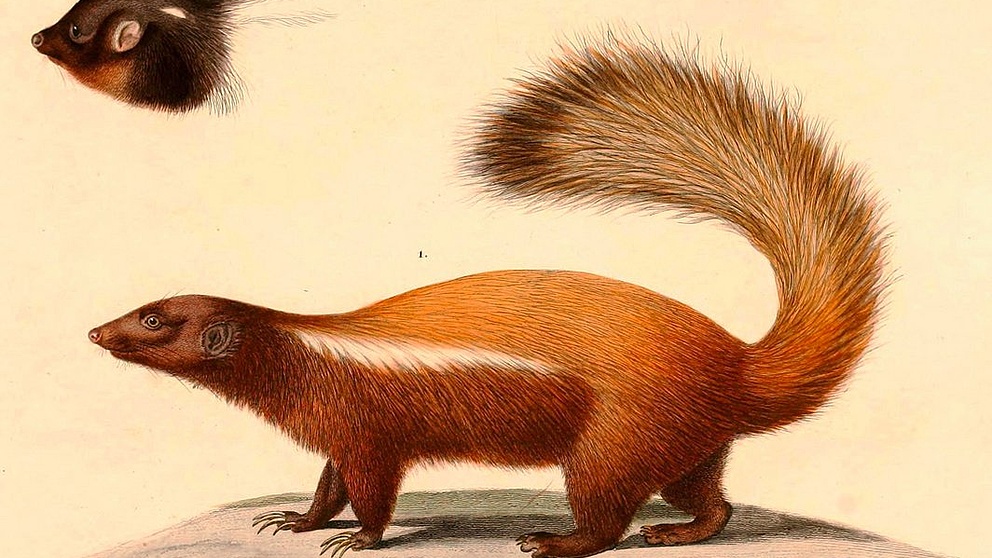Jump to the content
- {{#headlines}}
- {{title}} {{/headlines}}
All throughout Germany there are Humboldt streets and avenues, numerous Humboldt squares, bridges and schools are to be found on maps. That’s only to be expected in the homeland of the great scientist. The further we move away from Germany, the more surprising the references become, the more peculiar and foreign the German name sounds. There are plants and animals, towns and bays, mountains and stretches of water bearing his name. His biographer Andrea Wulf asserts that no other human being has had more natural features, animals and plants named after them. Their locations indicate more than the areas of the globe that Humboldt visited during the course of his extensive expeditions. The name has travelled even further and shows the dimensions of Humboldt’s world fame.
Credit where credit is due
When the name of Alexander von Humboldt was first conferred in this way, he was not yet a superstar of science, but by no means an anonymous figure. In 1795 his journeys had already taken him to various parts of Europe. He brought about improvements in the Prussian mining industry, he engaged in plans, research and scientific publication. And yet he was casually described as a ‘herbalist from Jena’ by Johann Jacob Hartenkeil writing about an exotic legume in the Medicinisch-Chirurgische Zeitung. The plant from Sri Lanka is known as the Humboldtia laurifolia.
Any new species is named by the first person to identify it. This convention is often used as an opportunity to honour role models, friends and colleagues. Andrea Wulf counts almost 300 plants and more than 100 animals named after Humboldt. By comparison, the highly decorated British zoologist John Edward Gray, who was one of the most active researchers in the field of taxonomy, identified and described around 300 species. However, only a fraction of them were named after him.

“… my sincere gratitude for the penguin”
Gray also honoured Humboldt in this way, naming a Patagonian skunk Conepatus humboldtii – Humboldt’s hog-nosed skunk (see header image). More prominent than the small predator is the Humboldt penguin which serves as a striking logo for the www.avhumdoldt250.de website. The bird, native to the Chilean and Peruvian Pacific coast (on the Humboldt Current), was first scientifically described by Franz Julius Ferdinand Meyen in 1834. He assumed that it was Humboldt who had discovered the animal on his travels in South America.“I will be interested to read your treatise, and express my sincere gratitude for the penguin,” (source: edition humboldt digital) wrote Humboldt to his colleague.
Numerous other animals and plants owe their scientific name to the Prussian polymath: a South American bat species, the delicate Humboldt squirrel monkey from the Amazon basin, blood-sucking parasites as well as fungi, violets, delicate orchids and the colourful Humboldt lily in California. The fearsome Humboldt squid also swims in the Humboldt Current. And in a lignite coalfield in Bohemia, a rare mineral was discovered and named Humboldtine, a reminder that the explorer’s career began in the mining industry.

The map and the territory
Mountain peaks, bodies of waters and entire regions bear the name. The second highest mountain in Venezuela, Pico Humboldt, was thus christened in 1911 by Alfredo Jahn, the first man to make the ascent. There you will also find the Humboldt Glacier, the last one in Venezuela and expected to disappear within the next few years. An ice mass of the same name is also to be found in Greenland. Antarctica has its Alexander von Humboldt Mountains, and there is a Humboldt range in Tibet. New Caledonia has a Mont Humboldt and New Zealand its own Humboldt Mountains. At 5,020 metres, the Pik Alexander von Humboldt in Kyrgyzstan narrowly beats its Venezuelan namesake by 68 metres.
Humboldt has also made it into space. When Johann H Mädler was mapping the surface of the moon in the 19th century, he named one of the largest plains the Mare Humboldtianum (Sea of Humboldt). In 1973, a Dutch research team named an asteroid after the famous author of Cosmos: A Sketch of a Physical Description of the Universe.
There are also towns and communities called Humboldt: Cuba has the Parque Nacional Alejandro de Humboldt, and there are settlements called Humboldt in Saskatchewan (Canada) as well as in Santa Fe (Argentina). The USA has no fewer than eight towns and three counties that celebrate Humboldt’s pioneering spirit in their name. The Humboldt River, which originates partly in the Humboldt Mountains and flows through Nevada, was given its name by the American explorer John C Frémont. Humboldt is the oldest county in Nevada, and when the US state was constituted in 1864, it was debated to call it Humboldt rather than the Spanish word for ‘snowy’.
Although Humboldt was much feted in the 19th century and even envied by Napoleon for his worldwide celebrity, the euphoria – and thus the fashion for naming things and places after him – slackened off in the 20th century. The previous admiration for all things German had given way to scepticism and even open hostility. In South America, the sporting competitions between the German-speaking schools, the Juegos Humboldt, recall the influence of the great Prussian.In English-speaking countries, however, his memory has faded.
Nowadays, the name Humboldt is rarely used in such christenings. A more recent example was when Deutsche Bahn planned to name its new ICE fleet after prominent Germans. Among those suggested were Erich Kästner, Marlene Dietrich, Alexander von Humboldt, of course, and Anne Frank. The proposal was criticised as irreverent and thus rejected. Instead, the trains are to be named after mountains, rivers and provinces.
Last year, another Humboldt was added to the roll call. At Schloss Goldkronach near Bayreuth a Schleswig-Holstein rose breeder presented their new bright red variety: the Alexander von Humboldt rose.

